Phu Tay Ho
₹ 36 onwards
View Hanoi PackagesWays to Experience this attraction
Phu Tay Ho, Hanoi Overview
Phu Tay Ho is a temple dedicated to Mother Goddesses and the Jade Emperor. The pagoda has some brilliant architecture and many worship objects like the altar, statues, bronze bells, canopies and royal seat, all very beautifully decorated. The temple turns into a celebration on the 15th day of each lunar month. Tourists often come here to pray and enjoy the serene landscape of West Lake.
If you are planning a trip to Vietnam, do not forget to enlist the Phu Tay Ho temple into your tour plans. Extended out into West Lake in Tay Ho district, this temple is perhaps the most popular place of worship in Hanoi. Even though Phu Tay Ho might look like a traditional Buddhist temple, this historical structure holds special religious significance as it is dedicated to Mother Goddess, more commonly known among the Vietnamese people as Thanh Mau - meaning Mother of the Nation. Pilgrims from all over the country and the world come to this temple not only to pray but also to relish the distinctive lively atmosphere and marvellous views across the water.
Phu Tay Ho History

According to legends and folktales, it is said that Mother Goddess appeared in the form of a pretty girl during the 17th century. An angler saw her on a lake, as she was smiling and reciting poetry. Her name was Lieu Hanh, and she had an exquisite talent for singing songs, playing music and writing poetry. Nonetheless, she was nowhere to be found suddenly after few days of her arrival. All that was left of her was a scroll of poetry. Later on, the locals built the Tay Ho pagoda in her honour.
Phu Tay Ho Architecture

After passing through several stalls selling flowers, sweets and incense sticks intended for offerings and worship at Phu Tay Ho, tourists enter into a building that houses three ornate thrones meant for the goddesses. The three-door entrance of the temple was built in curves, and the roofs are covered with tube-tiles. Panels on either side of the temple cite the legendary meeting between Goddess Lieu Hanh and Phung Khac Khoan.

The main prayer hall is present in the middle chamber where you can find a sub-altar containing the statue of a holy tiger that protects Lieu Hanh. Her statue is at the back of the chamber, visible through the wooden slats of a locked separating wall. You will find another national mother figure in the second hall - Nhi Thuong Ngan. Women come here, pray for happiness, and luck in marriage and motherhood. The statues of two other goddesses - Mau Thai and Mau Dia are present in that hall as well. All these three goddesses explain the evolution of Vietnamese residents from forests, streams and rivers to lowland paddy fields. One of the rooms also houses the statue of Jade Emperor.

The well-maintained courtyard displays a golden buffalo and its calf, which is related to ancient Vietnamese folklore dating back to the Ly Dynasty. The courtyard also has two prayer stupas dedicated to the guardian spirits of young boys and girls - Lau Cau and Lau Co.
Apart from this, Phu Tay Ho temple has many worship objects such as altars, fresco and royal seat. All of them are beautifully decorated and carved, reflecting the signs and styles of the 19th-century architecture. The temple also has canopies, a stone incense-burner, three bronze bells and fifty statues of different sizes and stances.
Phu Tay Ho Significance

Quite interestingly, Phu Tay Ho was granted as Relics of Cultural History on 13th February 1996 by the Ministry of Culture, Sports and Tourism of Vietnam. Phu Tay Ho is thronged by pilgrims and tourists alike on the first and 15th day of every lunar month in the hope of receiving blessings from Mother Goddess. During the spring and summer seasons, locals are found treading water at a distance of about 200 yards from the lakeside wall of the temple. They wear conical hats and handle long pole-nets to collect snails from the bottom of the lake.
The Tay Ho Festival takes place annually from the 3rd day to the 7th day of the third lunar month of the year. The festival involves a goddess' palanquin procession starting from Phu Tay Ho temple, going through Yen Phu, Co Ngu Streets, Quan Thanh Street, Hang Dau Street and stops at Nghia Lap Temple. Poetry contests along with dancing and singing are held on the last two days of the festival.
Attractions Near Phu Tay Ho
1. West Lake:
Locally known as Tay Ho lake, the mysterious history behind this lake intrigues many tourists. It is believed that the lake was formed when the Dragon King Lac Long Quan drowned a wicked fox spirit that had nine tails in his den. One more folktale suggests that the lake was formed when a large Chinese buffalo ran fiercely into a small hollow after mistaking the sound of a pagoda bell with its mother's call. In the present day, West Lake is a beautiful place to spend a pleasant afternoon. Tourists can hire boats and can have lunch on one of the floating restaurants to experience a noble dining option.
2. Tran Quoc Pagoda:

Built in the 6th century, the Tran Quoc Pagoda is the oldest temple in Vietnam. It resides on a small island, and it was built as a cultural symbol of Vietnamese Buddhism by King Ly Nam De. The pagoda looks stunning particularly in early evenings at sunset.
3. Quan Thanh Temple:

Another important attraction located at the West Lake crossroads of Quan Thanh Street and Thanh Nien Street is the Quan Thanh Temple. It is one of Four Sacred Temples of Vietnam, built during the reign of King Ly Thai in between 1010 and 1028. The details wooden carvings of sacred animals, flowers and trees on the monument are some of the fascinating features of the temple. Pilgrims pray for their health, happiness and luck during the visit to this holy place.
Best Time to Visit Phu Tay Ho

Although Phu Tay Ho is visited by pilgrims, locals and tourists all year long, it remains flocked on the first and 15th day of each lunar month, and during the Tay Ho festival. Hence, that is considered the best time to visit this holy place.
How to Reach Phu Tay Ho
The easiest way to reach Phu Tay Ho temple is from Ba Dinh Square. Visitors have to head towards Hung Vuong, which leads to West Lake. Upon reaching the lake, one has to go around the lake towards the north side where the road turns left into the peninsula. You will find Phu Tay Ho temple at the very tip of the peninsula.
Add a spiritual touch to your tour to Vietnam and visit the peaceful, pious environment of Phu Tay Ho temple. Let the heavenly scenery of the lake sink in and be acquainted with the majestic stories about Vietnam's history. Moreover, you do not need to worry, as it will not make your holidays less enjoyable!
Read More on Phu Tay Ho
Best Time to Visit Phu Tay Ho
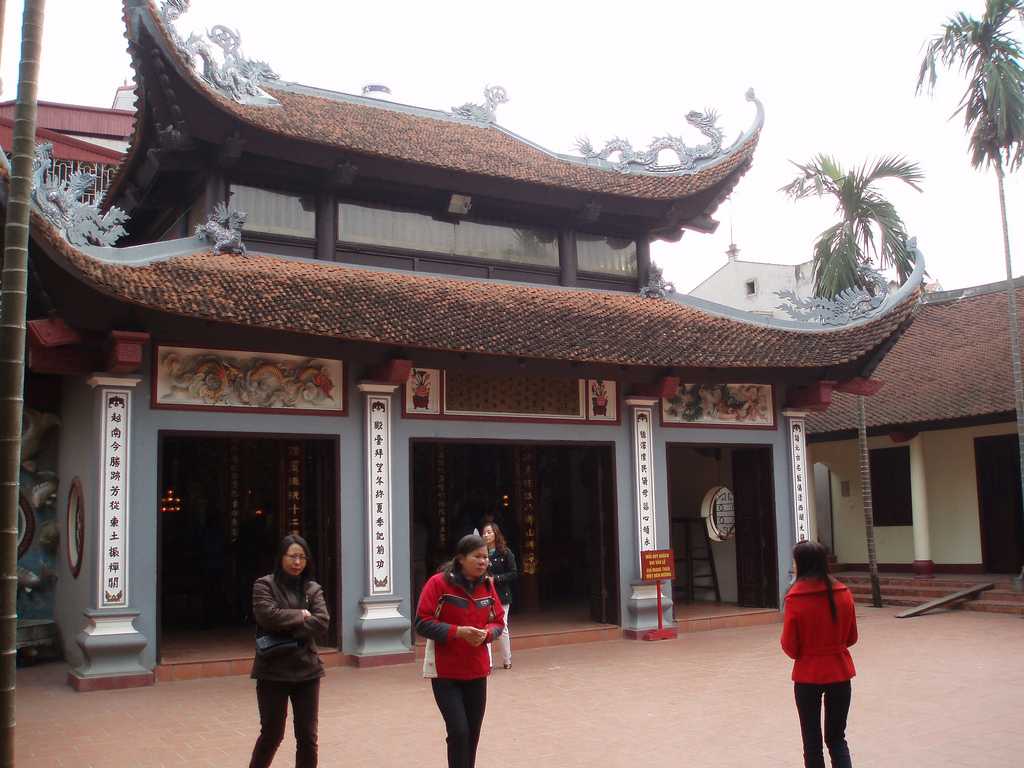
Although Phu Tay Ho is visited by pilgrims, locals and tourists all year long, it remains flocked on the first and 15th day of each lunar month, and during the Tay Ho festival. Hence, that is considered the best time to visit this holy place.
Phu Tay Ho History
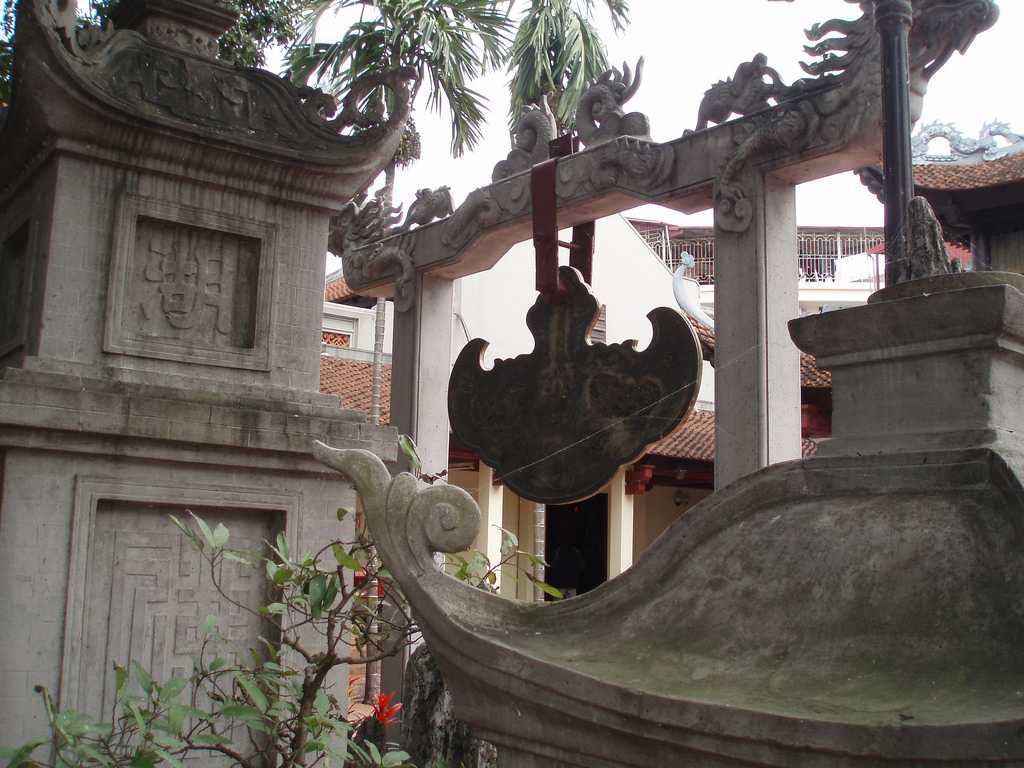
According to legends and folktales, it is said that Mother Goddess appeared in the form of a pretty girl during the 17th century. An angler saw her on a lake, as she was smiling and reciting poetry. Her name was Lieu Hanh, and she had an exquisite talent for singing songs, playing music and writing poetry. Nonetheless, she was nowhere to be found suddenly after few days of her arrival. All that was left of her was a scroll of poetry. Later on, the locals built the Tay Ho pagoda in her honour.
Phu Tay Ho Significance
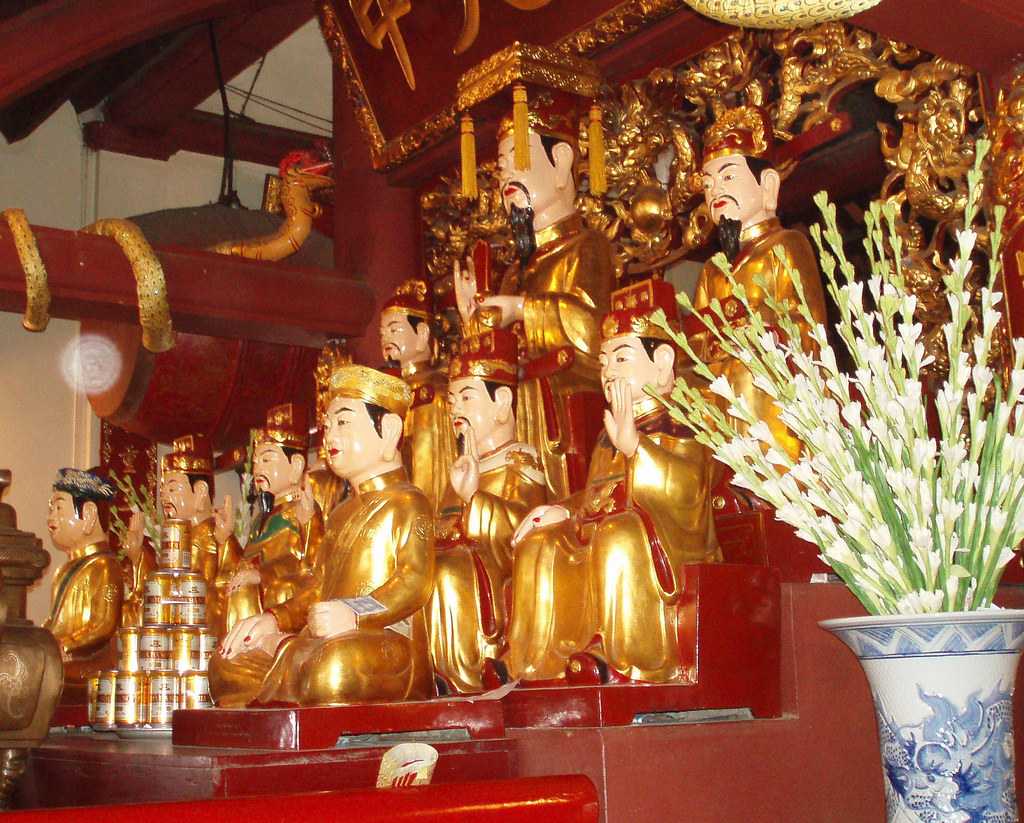
Quite interestingly, Phu Tay Ho was granted as Relics of Cultural History on 13th February 1996 by the Ministry of Culture, Sports and Tourism of Vietnam. Phu Tay Ho is thronged by pilgrims and tourists alike on the first and 15th day of every lunar month in the hope of receiving blessings from Mother Goddess. During the spring and summer seasons, locals are found treading water at a distance of about 200 yards from the lakeside wall of the temple. They wear conical hats and handle long pole-nets to collect snails from the bottom of the lake.
The Tay Ho Festival takes place annually from the 3rd day to the 7th day of the third lunar month of the year. The festival involves a goddess' palanquin procession starting from Phu Tay Ho temple, going through Yen Phu, Co Ngu Streets, Quan Thanh Street, Hang Dau Street and stops at Nghia Lap Temple. Poetry contests along with dancing and singing are held on the last two days of the festival.
Phu Tay Ho Architecture
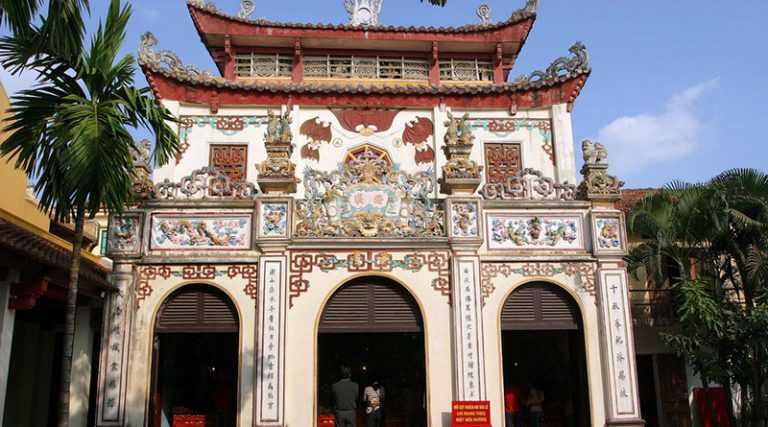
After passing through several stalls selling flowers, sweets and incense sticks intended for offerings and worship at Phu Tay Ho, tourists enter into a building that houses three ornate thrones meant for the goddesses. The three-door entrance of the temple was built in curves, and the roofs are covered with tube-tiles. Panels on either side of the temple cite the legendary meeting between Goddess Lieu Hanh and Phung Khac Khoan.
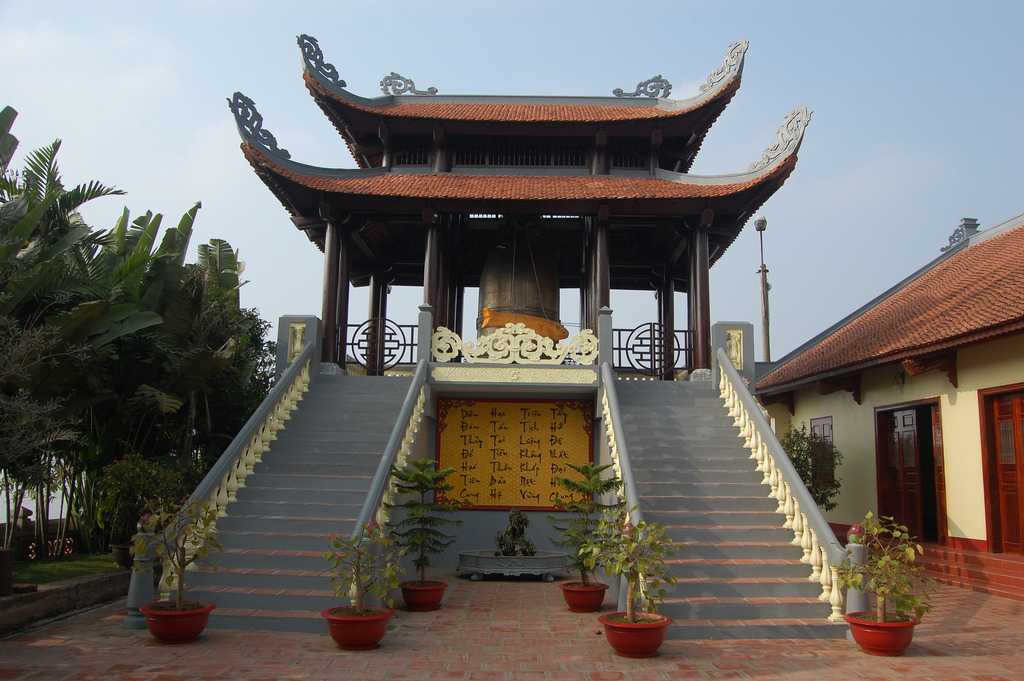
The main prayer hall is present in the middle chamber where you can find a sub-altar containing the statue of a holy tiger that protects Lieu Hanh. Her statue is at the back of the chamber, visible through the wooden slats of a locked separating wall. You will find another national mother figure in the second hall - Nhi Thuong Ngan. Women come here, pray for happiness, and luck in marriage and motherhood. The statues of two other goddesses - Mau Thai and Mau Dia are present in that hall as well. All these three goddesses explain the evolution of Vietnamese residents from forests, streams and rivers to lowland paddy fields. One of the rooms also houses the statue of Jade Emperor.
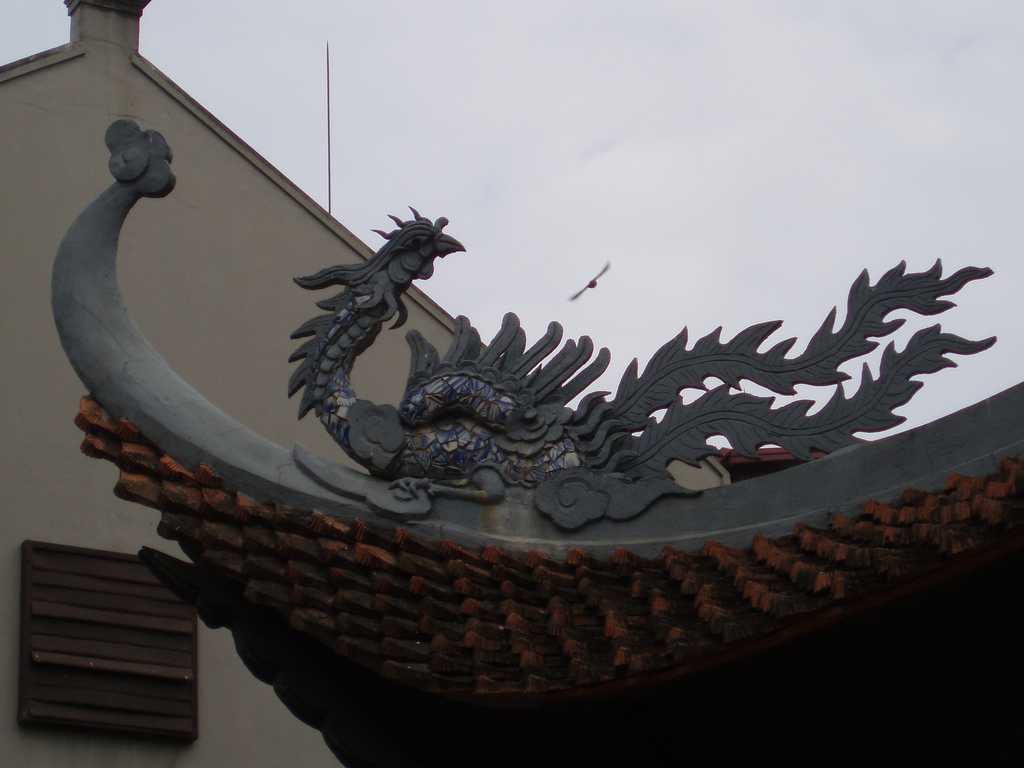
The well-maintained courtyard displays a golden buffalo and its calf, which is related to ancient Vietnamese folklore dating back to the Ly Dynasty. The courtyard also has two prayer stupas dedicated to the guardian spirits of young boys and girls - Lau Cau and Lau Co.
Apart from this, Phu Tay Ho temple has many worship objects such as altars, fresco and royal seat. All of them are beautifully decorated and carved, reflecting the signs and styles of the 19th-century architecture. The temple also has canopies, a stone incense-burner, three bronze bells and fifty statues of different sizes and stances.
Attractions Near Phu Tay Ho
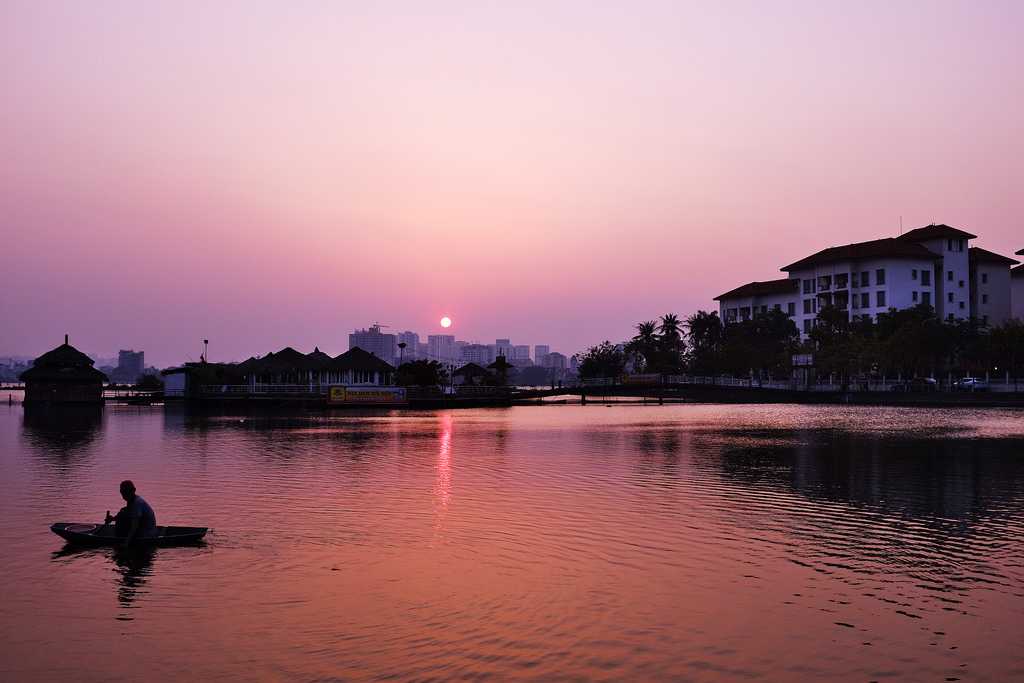
Locally known as Tay Ho lake, the mysterious history behind this lake intrigues many tourists. It is believed that the lake was formed when the Dragon King Lac Long Quan drowned a wicked fox spirit that had nine tails in his den. One more folktale suggests that the lake was formed when a large Chinese buffalo ran fiercely into a small hollow after mistaking the sound of a pagoda bell with its mother's call. In the present day, West Lake is a beautiful place to spend a pleasant afternoon. Tourists can hire boats and can have lunch on one of the floating restaurants to experience a noble dining option.
2. Tran Quoc Pagoda:
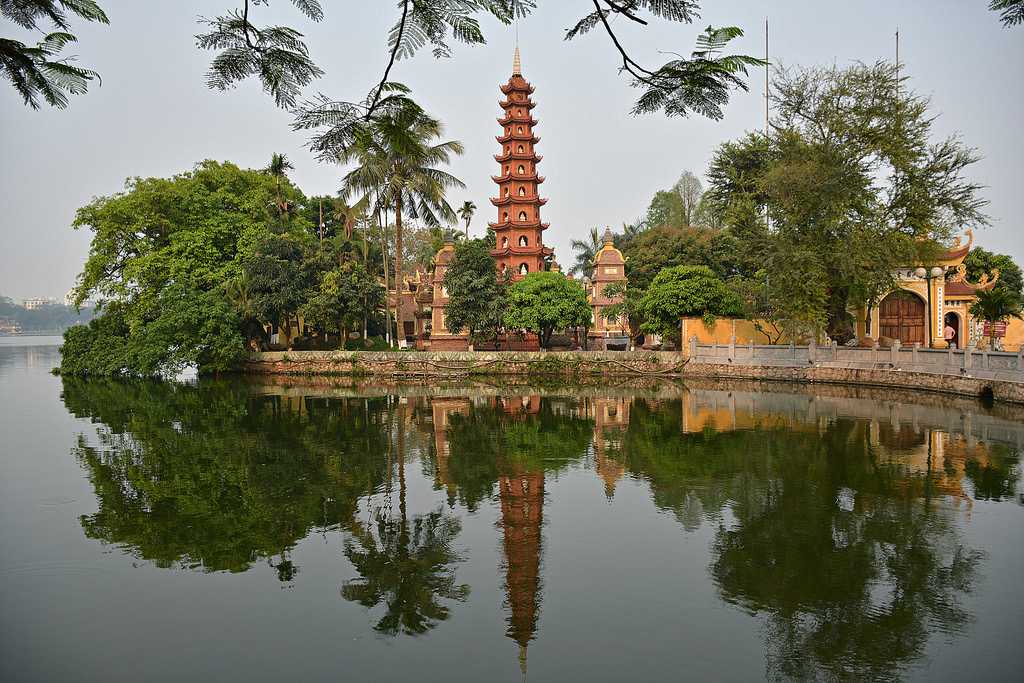
Built in the 6th century, the Tran Quoc Pagoda is the oldest temple in Vietnam. It resides on a small island, and it was built as a cultural symbol of Vietnamese Buddhism by King Ly Nam De. The pagoda looks stunning particularly in early evenings at sunset.
3. Quan Thanh Temple:
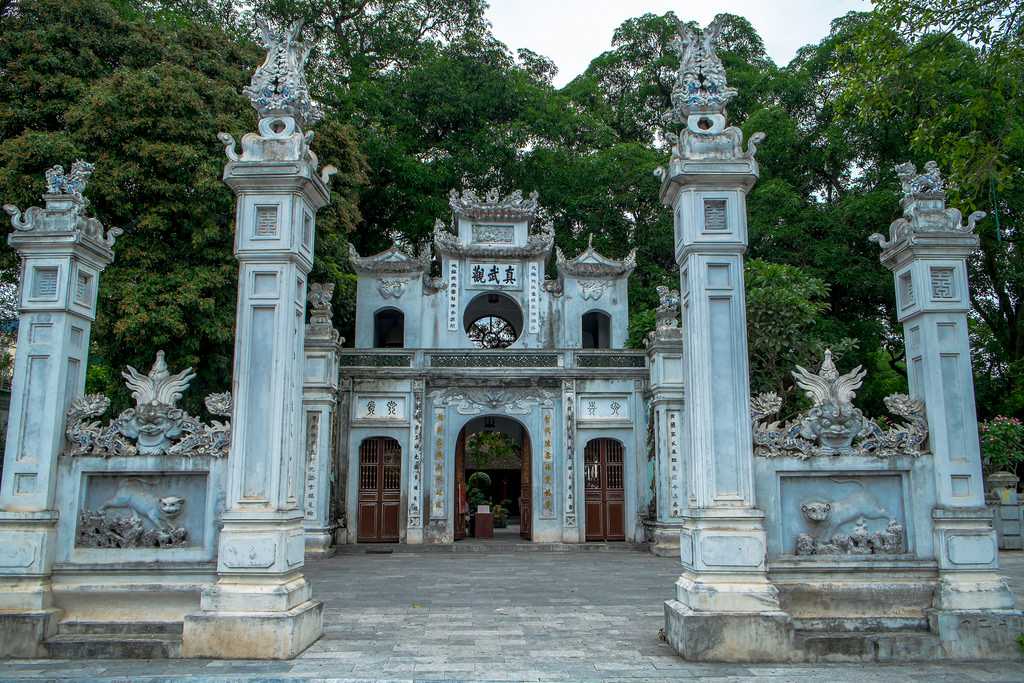
Another important attraction located at the West Lake crossroads of Quan Thanh Street and Thanh Nien Street is the Quan Thanh Temple. It is one of Four Sacred Temples of Vietnam, built during the reign of King Ly Thai in between 1010 and 1028. The details wooden carvings of sacred animals, flowers and trees on the monument are some of the fascinating features of the temple. Pilgrims pray for their health, happiness and luck during the visit to this holy place.
How to Reach Phu Tay Ho
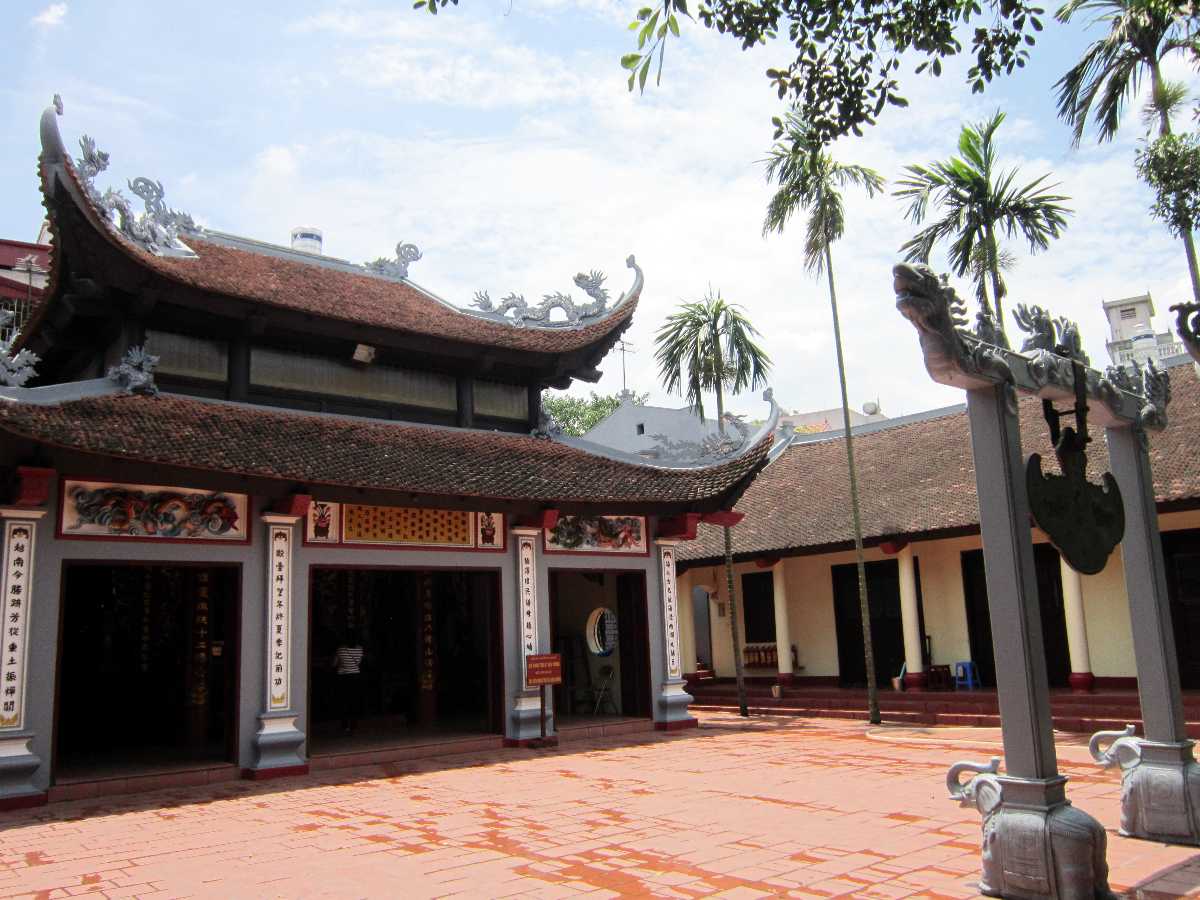
Add a spiritual touch to your tour to Vietnam and visit the peaceful, pious environment of Phu Tay Ho temple. Let the heavenly scenery of the lake sink in and be acquainted with the majestic stories about Vietnam's history. Moreover, you do not need to worry, as it will not make your holidays less enjoyable!
Top Hotel Collections
Top Hotels Near Phu Tay Ho
Phu Tay Ho Reviews

Have a Question on Phu Tay Ho?

experience.